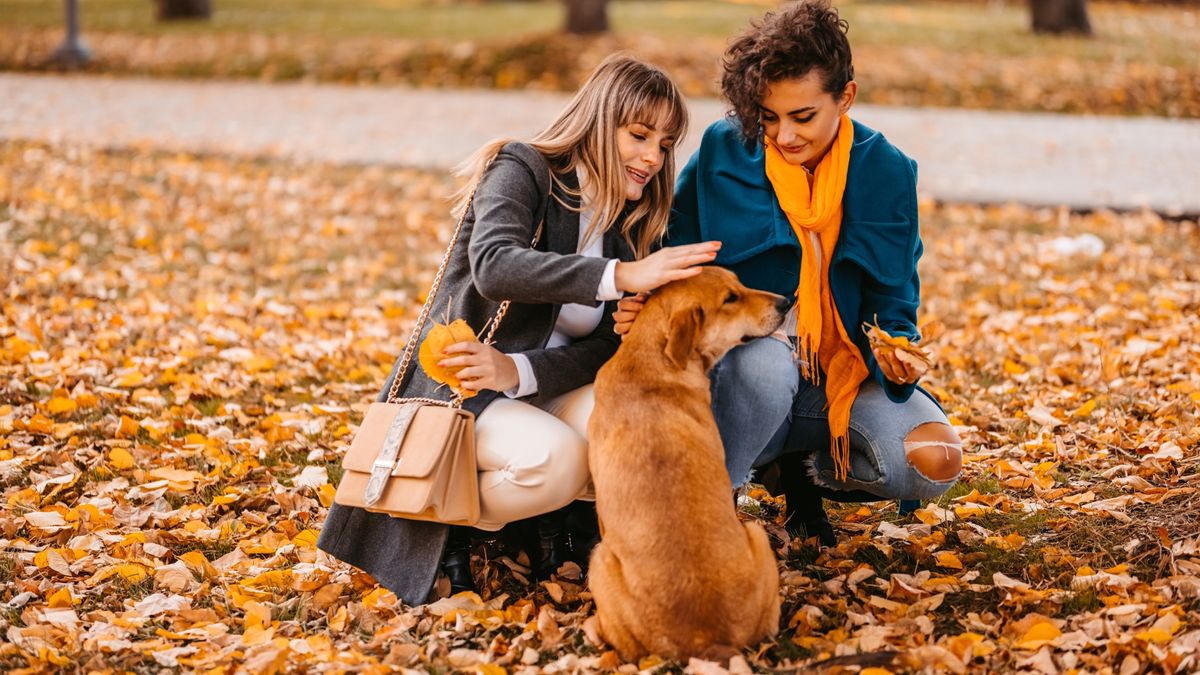We’ve all been out and about and seen an adorable-looking dog – and the temptation to go up and fuss over them can be difficult to resist! At the same time, you’ve probably been walking your own pup and had passersby want to pet them.
However, there are some things to remember when it comes to greeting a dog, both useful to know when it’s you who wants to greet other dogs, but also to tell people who want to greet yours and maybe even offer them some of the best dog treats.
Ella Camps-Linney and Alistair Mackenzie, professional trainers and the owners of Kirby Dog Training, have outlined what we should all know about greeting dogs in a recent Instagram post, so let's take a look.
1. You don’t need to stick your hand out to greet a dog: A dog’s sense of smell is much better than ours – a dog’s nose is between 10,000 and 100,000 times more sensitive than ours and they already know you’re there! Sticking out your hand can actually increase tension, and the risk of conflict.
2. Ask the human first: This should go without saying, and as dog parents we probably do this anyway, but it’s still worth noting. And remember, “a side-on approach can be less threatening than looming over them head-on,” say Camps-Linney and Mackenzie.
3. Wait to see if the dog approaches you first: “Keep in mind,” they say, “Some dogs want to approach, but do not want to be touched. Instead, they might just want to sniff you, information gather, then go away again.”
It’s a good idea to brush up on how to read dog body language to better understand what the dog might want to do. If the dog approaches you and wants interaction and a fuss, that’s great! But some dogs might simply be curious.
4. Avoid the head: So, you’ve got the all-clear from the dog’s humans, and they’re looking relaxed with a loose body and face, you might decide to pet them. However, Camps-Linney and Mackenzie suggest avoiding the head – particularly at first – as it’s where the dog’s sensitive sensory organs are, and opting for the back or chest instead.
5. Try the ‘pet, pet, pause’ method: This involves petting the dog for two or three seconds, and then pausing to see what the dog does. “By doing this, you are letting the dog choose to solicit more strokes or to walk away for a break,” say Camps-Linney and Mackenzie.
And again, remember that not all dogs want to be stroked or petted, and nobody has the right to pet a dog. If you’re out with your dog and they’re not in the mood for much human interaction, or you know that they can be reactive with people they don’t know, advocate for them and ensure their needs and wishes are respected – you’ll have a much happier pup!




